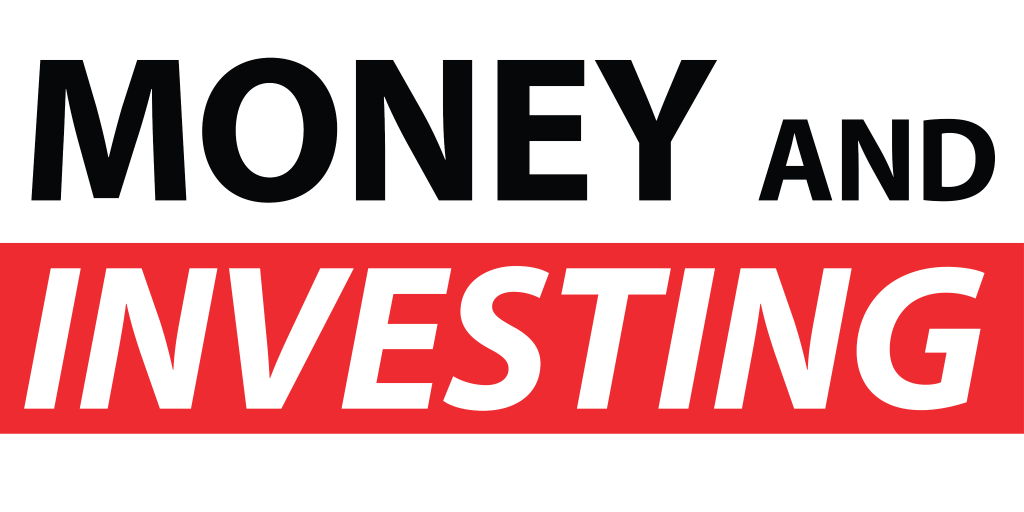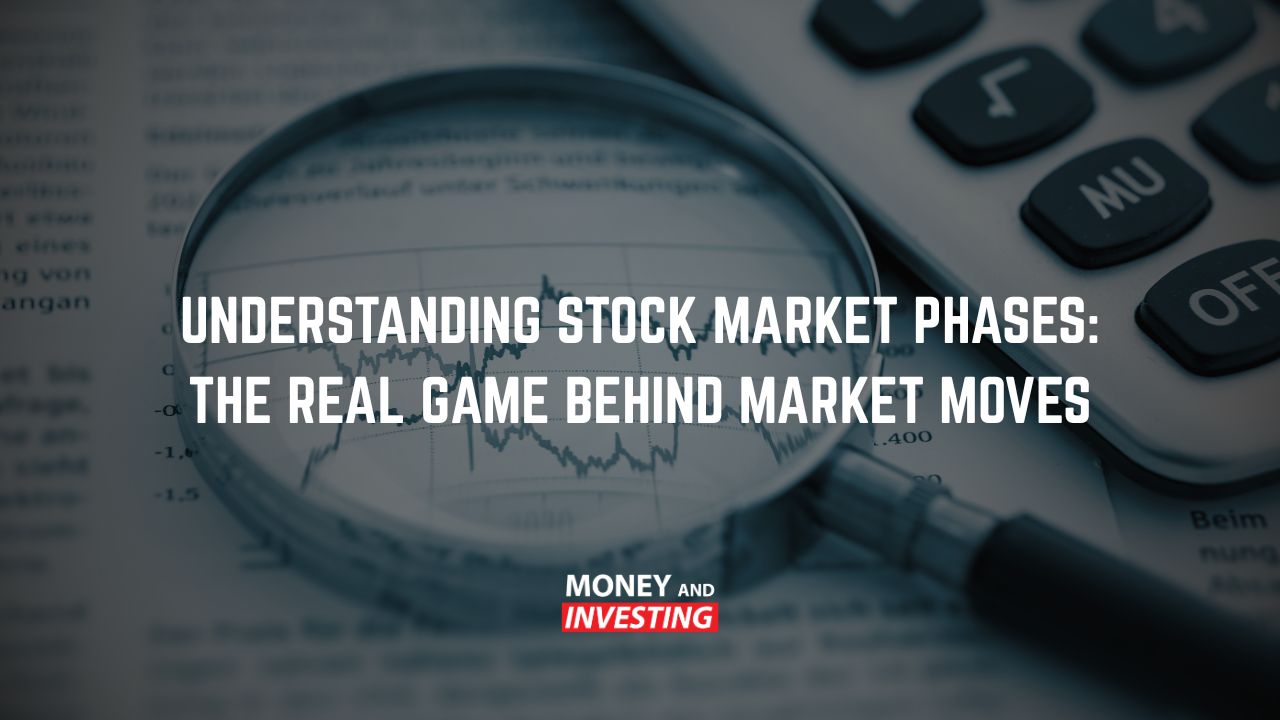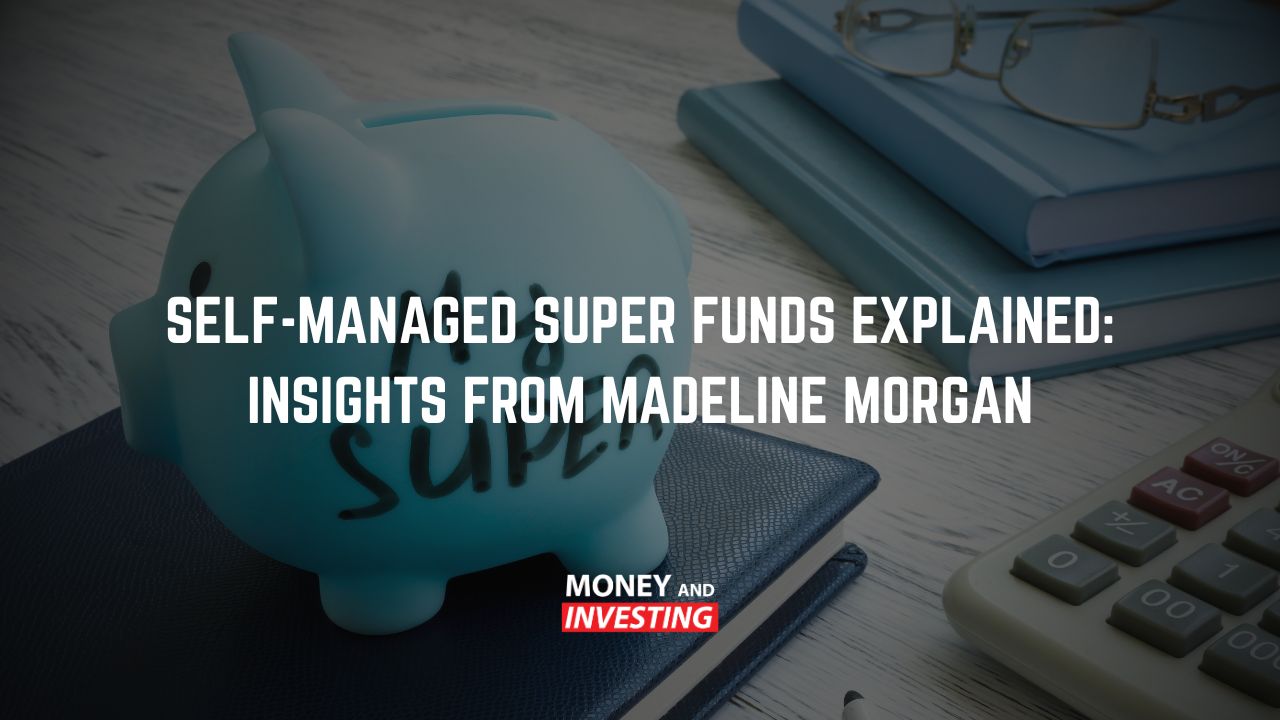A lot of folks reckon they’ve missed the boat on investing or they’re worried it’s just too risky. But here’s the truth: the best time to start was yesterday, and the second-best time? Right now. The share market is a solid way to build wealth, and you don’t need to be some finance whiz to get your foot in the door.
With the right mindset and a few simple steps, you can get started without feeling like you’re gambling your hard-earned dollars.
Why the Market Matters
At its core, the stock market runs on one thing: belief in the future. Sure, it has its ups and downs (bit like a kangaroo on a trampoline), but over time, markets tend to bounce back stronger. That’s because businesses grow, adapt and push new ideas forward.
If you’re just starting out, the best move is to block out all the market noise and just have a crack. It’s not about being perfect, it’s about getting going.
Stock Market Basics: How It All Works
So, what are you actually doing when you invest? You’re buying shares, a little slice of a company. When that company does well, your shares can go up in value, and you might pocket dividends, which are regular payouts from their profits.
To keep tabs on how the market’s doing overall, we look at indexes:
- Australia: The ASX 200 tracks our biggest companies like banks and mining giants.
- United States: Big-name indexes like the Dow Jones, S&P 500 and NASDAQ cover major global players, especially tech giants like Apple, Microsoft and Nvidia.
A good starting point is to stick with Aussie companies you know, then gradually branch out to global markets. You’ll learn the stock market basics faster when you’re not drowning in jargon.
Why You Should Look Beyond the Aussie Market
Here’s something most first-time investors don’t realise. Aussie shares make up less than 1.5 percent of the global market. So if you’re only investing locally, you’re missing out on a huge chunk of the action, especially from booming industries like US tech.
Getting global exposure spreads your risk and opens the door to sectors we just don’t have much of here.
Stock Market Basics: How to Get Started Without the Fuss
You don’t need tens of thousands to kick things off. Even a thousand bucks will do. The secret is to start small but be consistent. Here’s a simple game plan:
Step 1: Sort your cash flow
Make a budget, set up an emergency stash and keep your investing funds separate from day-to-day spending.
Step 2: Open a brokerage account
This is where the magic happens. Aussie platforms like CommSec or NABtrade are solid picks and they’ll let you invest locally and globally. Fees are low these days, so no dramas there.
Step 3: Start with ETFs
Exchange Traded Funds, or ETFs, are a top-notch option for beginners. They give you instant diversification by tracking indexes like the ASX 200 or the S&P 500. It’s a simple way to hold a whole basket of companies with just one buy.
Building the Habit
Investing isn’t about picking the next big winner. It’s about staying in the game. Time in the market beats perfect timing every time.
Set up regular contributions—weekly, monthly, whatever suits—and automate it if you can. Over time, those small deposits start to snowball. That’s the magic of compounding.
Must-Know Terms for Rookies
If you’re just getting into investing, here are a few handy terms to keep up your sleeve:
Dividend
A company payout to shareholders. Loads of Aussie companies pay twice a year, sometimes with franking credits. You can take it as cash or reinvest to buy more shares.
Market Cap (Capitalisation)
Basically, what a company’s worth. Share price times the number of shares. Helps you figure out if you’re looking at a small start-up or a massive blue-chip.
Earnings Report
A company’s report card with sales, profits and future plans. These can move share prices big time. In Australia, they come out twice a year. In the US, it’s every quarter.
P/E Ratio
That’s price-to-earnings. A quick way to check if a share’s looking pricey or a bargain, though context is key.
Reinvesting: The Underrated Power Move
When you reinvest your dividends instead of pocketing the cash, you’re buying more shares which means even more dividends next time around. It’s like giving your money a little engine to keep growing.
Just keep an eye on things so one investment doesn’t end up hogging the whole portfolio.
Rookie Mistakes to Steer Clear Of
- Waiting for the “right time” – The perfect moment never comes. Start anyway.
- No clear goal – Are you chasing income, growth or both? Know your aim.
- Chasing hype – If everyone’s talking about it, the smart money probably got there ages ago.
- Being too narrow – Spread your bets across sectors and countries.
- Reacting emotionally – Stick to your plan, even when things get bumpy.
Take That First Step
You don’t need to be a finance guru to start investing. Just open an account, buy your first ETF or share and learn as you go. The more you do, the more you’ll pick up. And trust me, your future self will be stoked you gave it a go.
Final Thoughts
If you’ve been putting off investing because it feels overwhelming or risky, now’s the time to shake that off. Start small. Be consistent. Learn the stock market basics and build from there. You’ve got more time than you think, and the earlier you start, the better off you’ll be.
If you’re keen to sharpen your skills and learn how to pick the right shares with confidence, check out the Stock Selection Masterclass. It’s a solid way to build on the stock market basics and level up your investing game.



